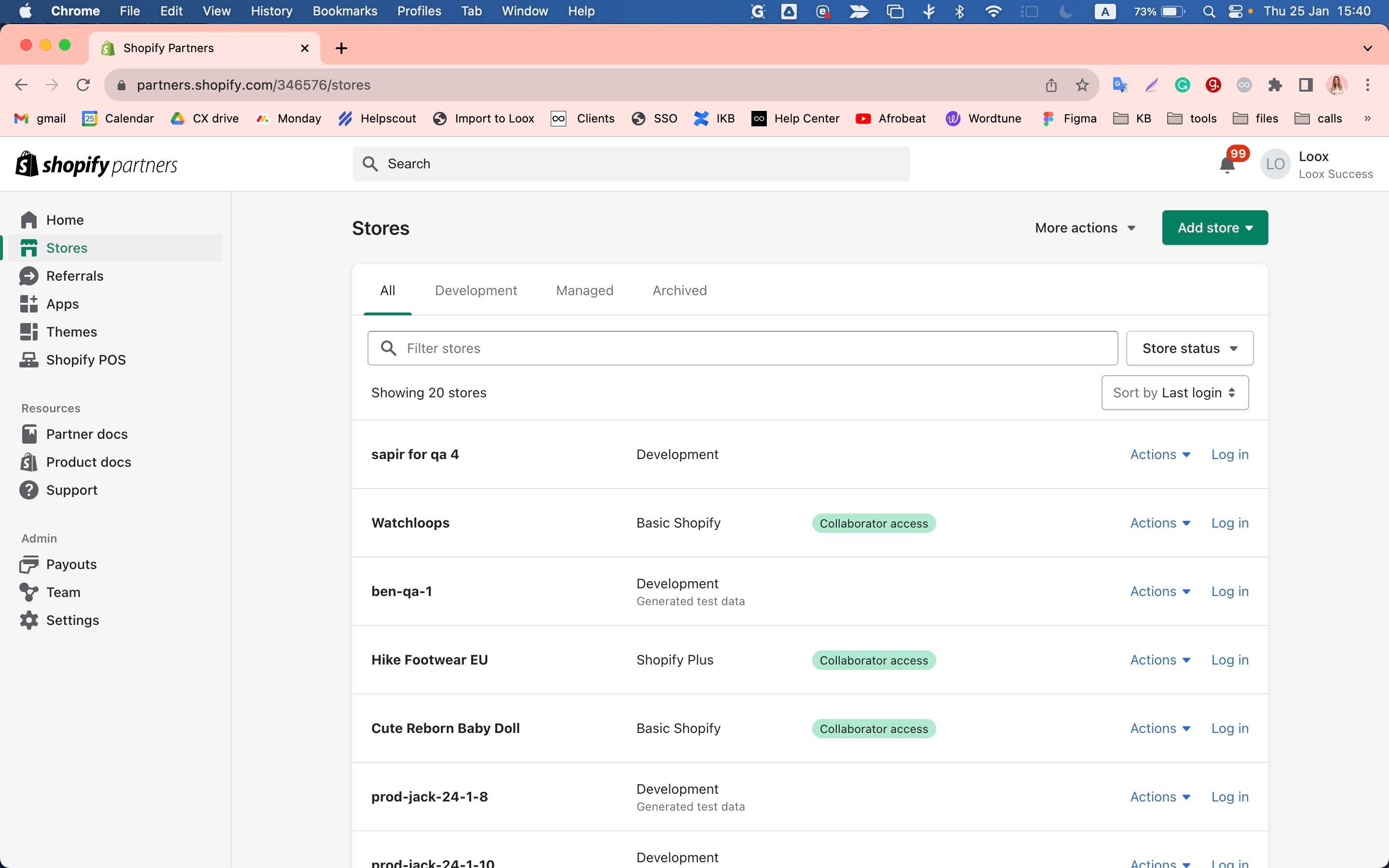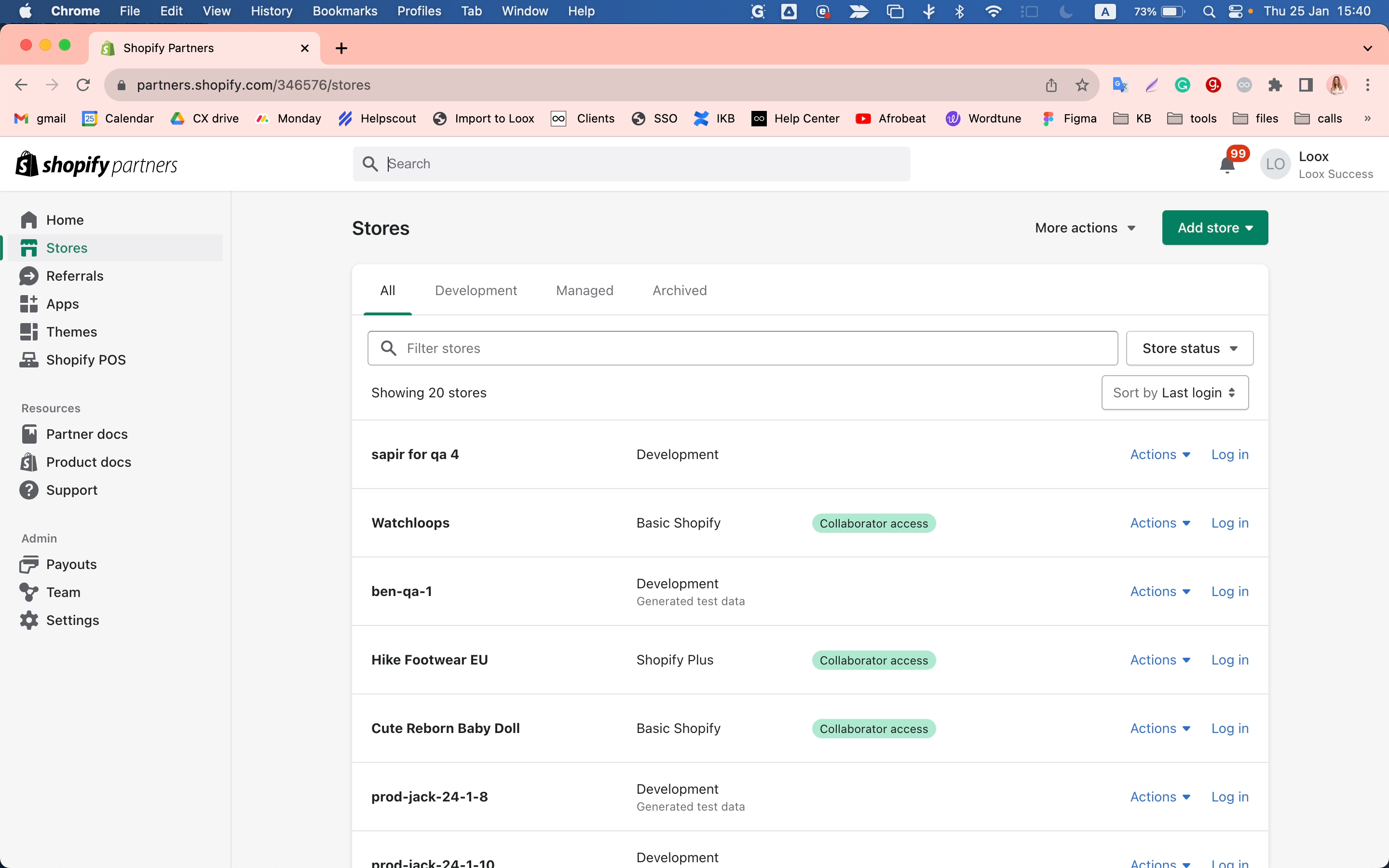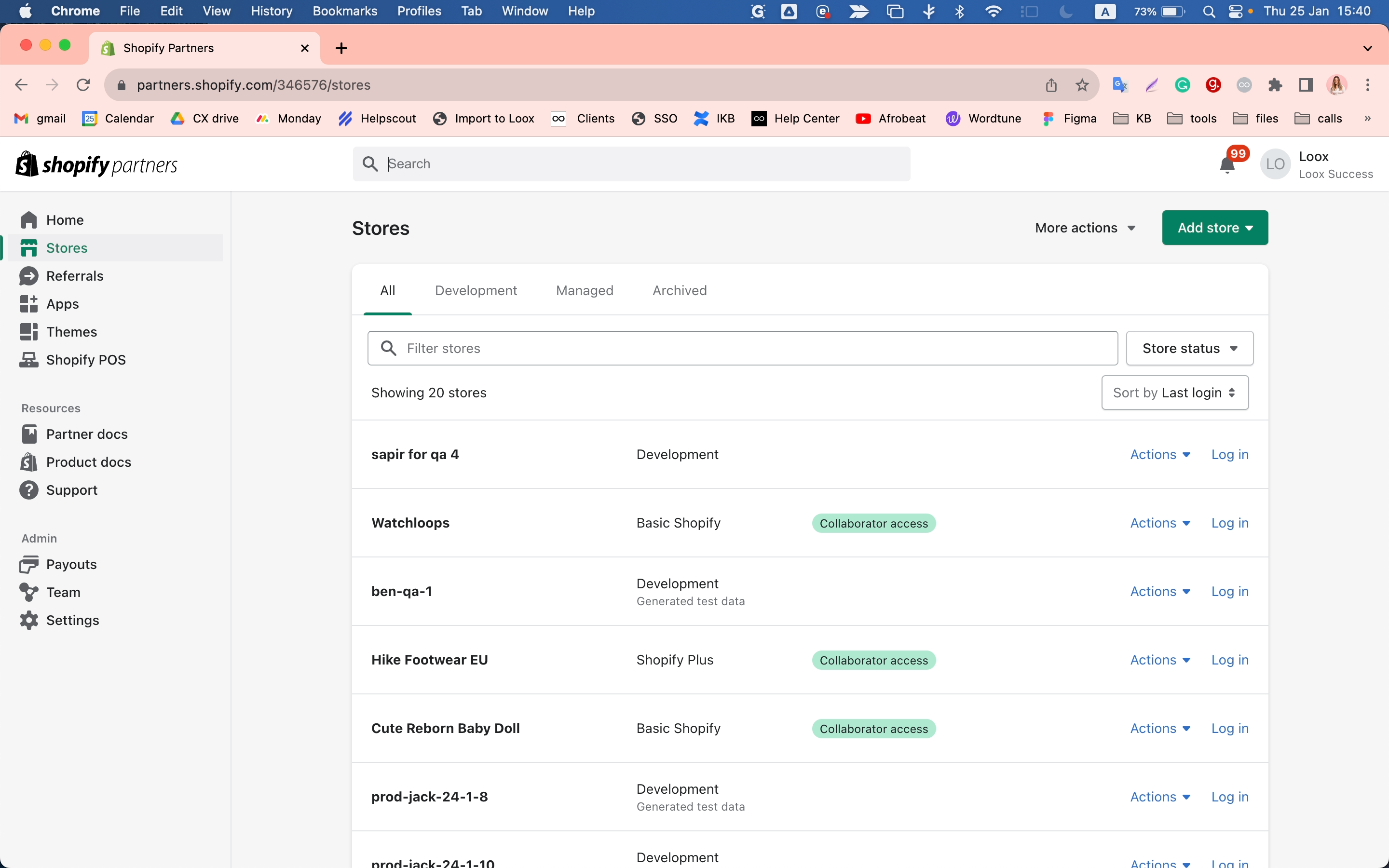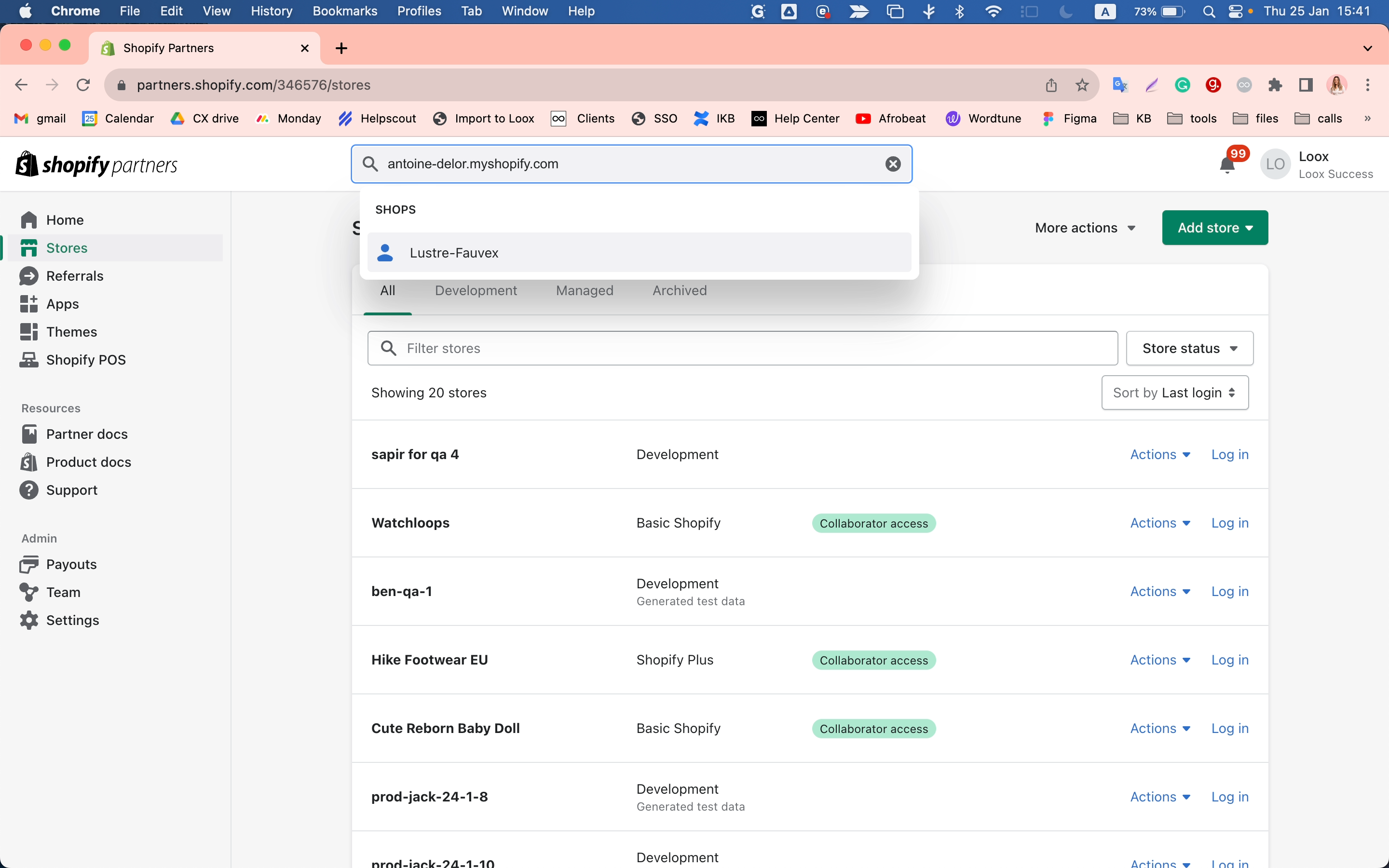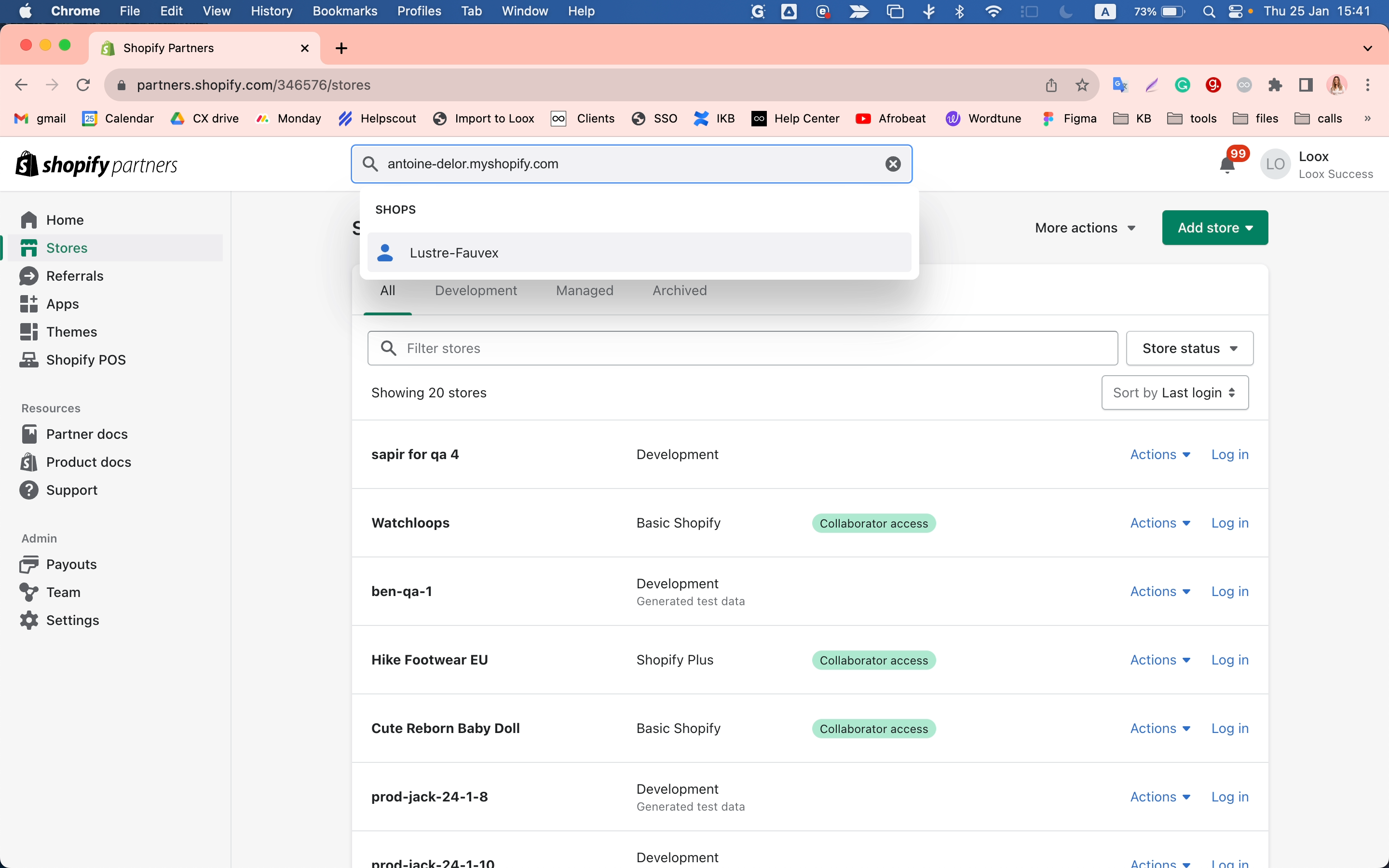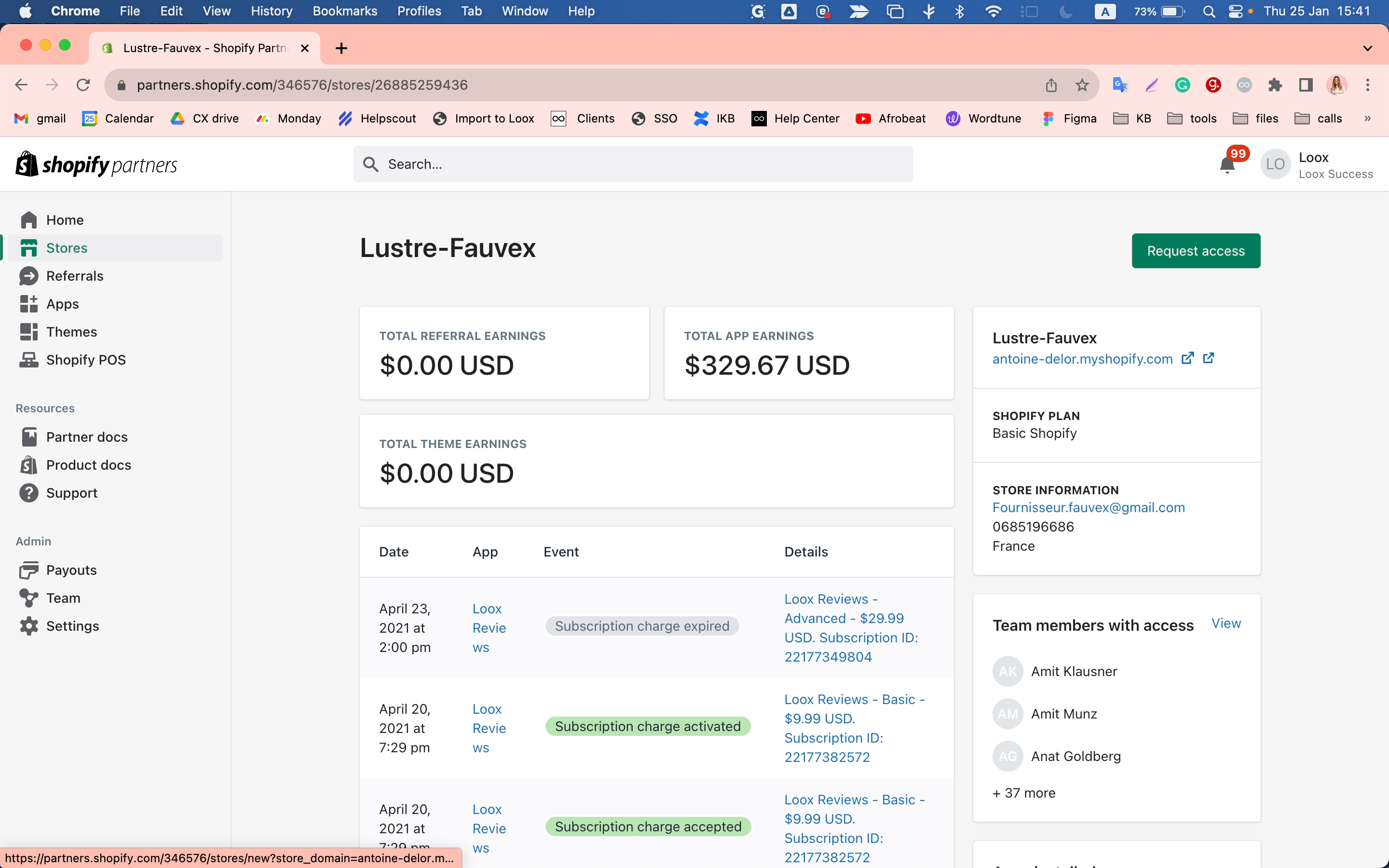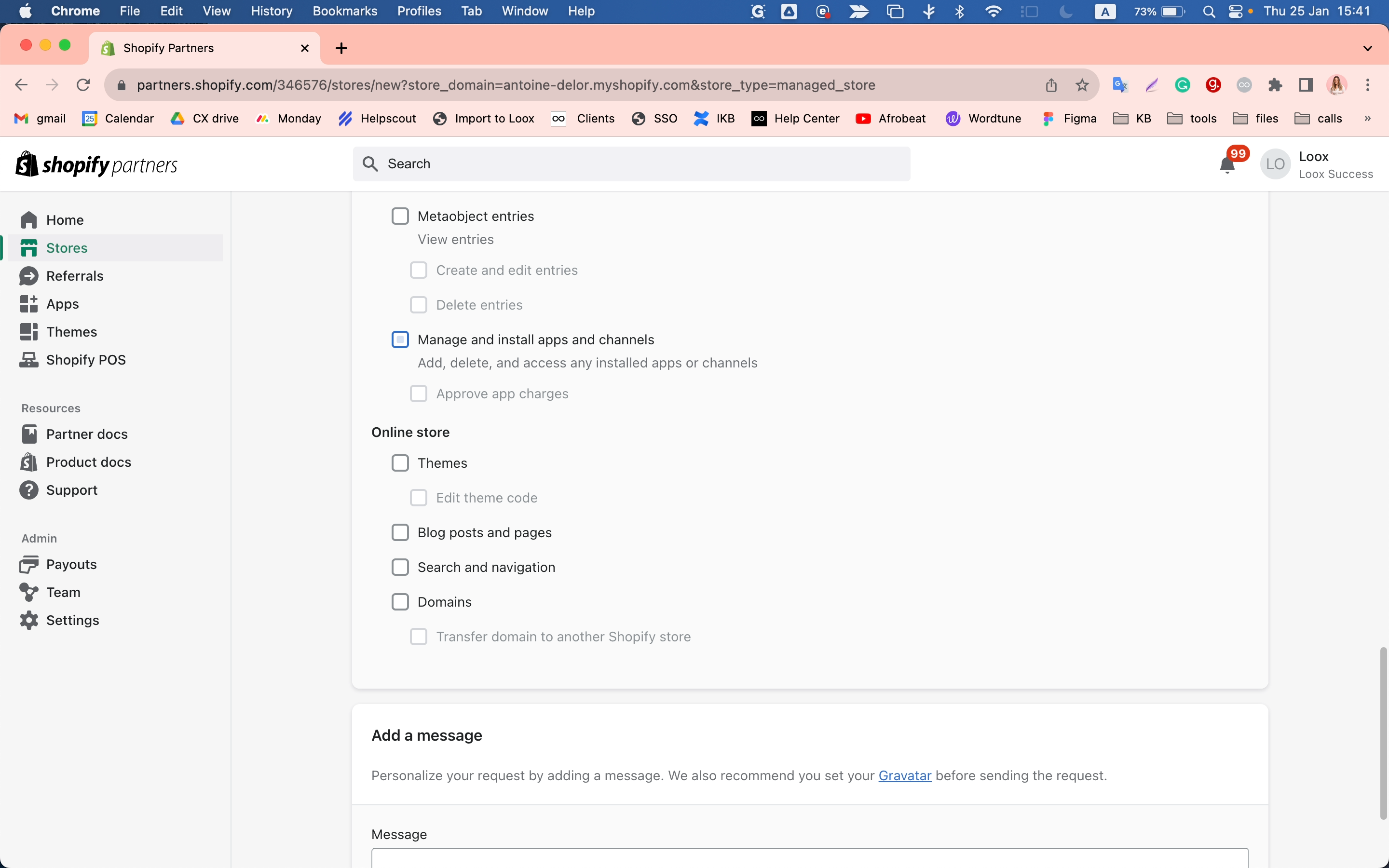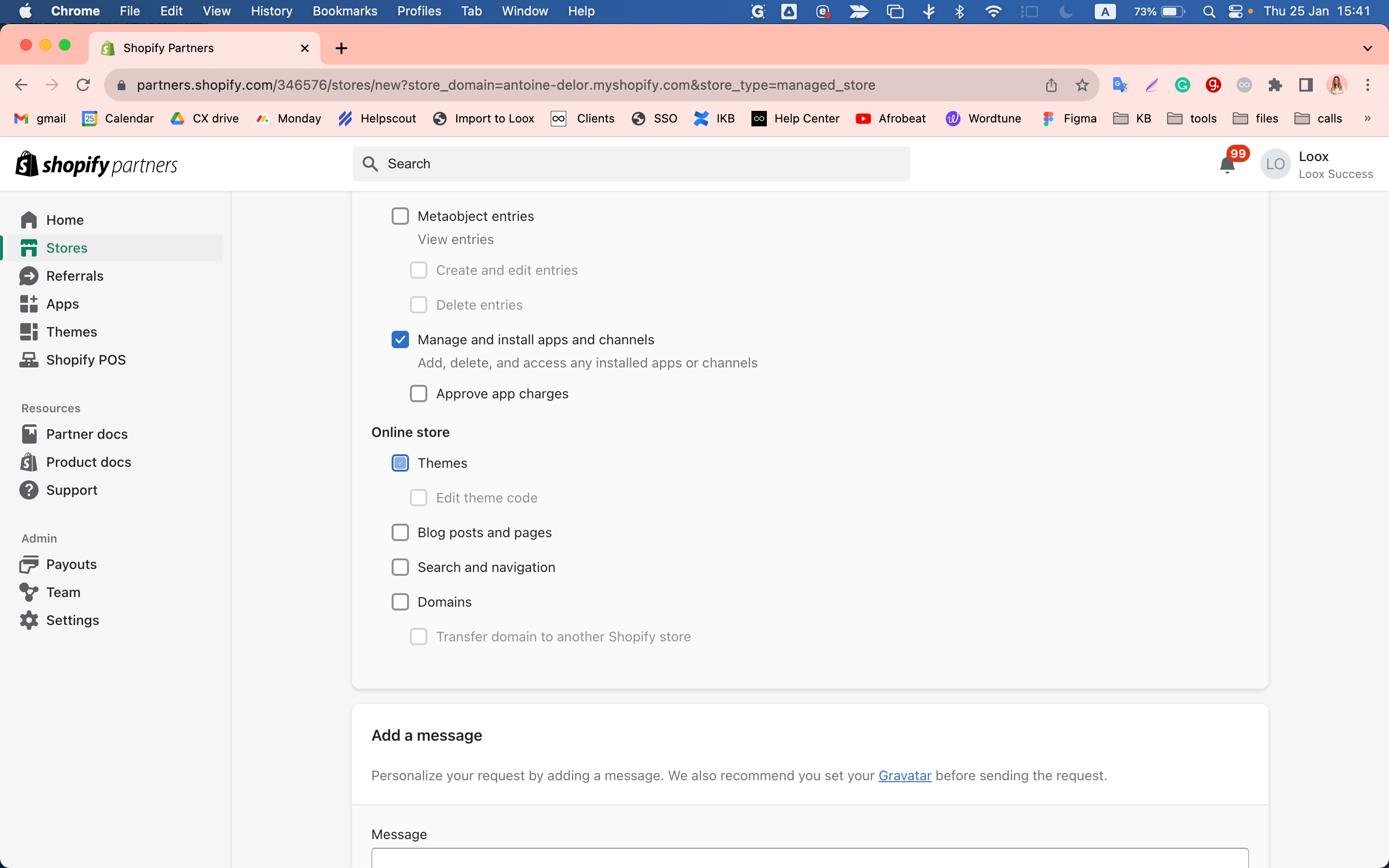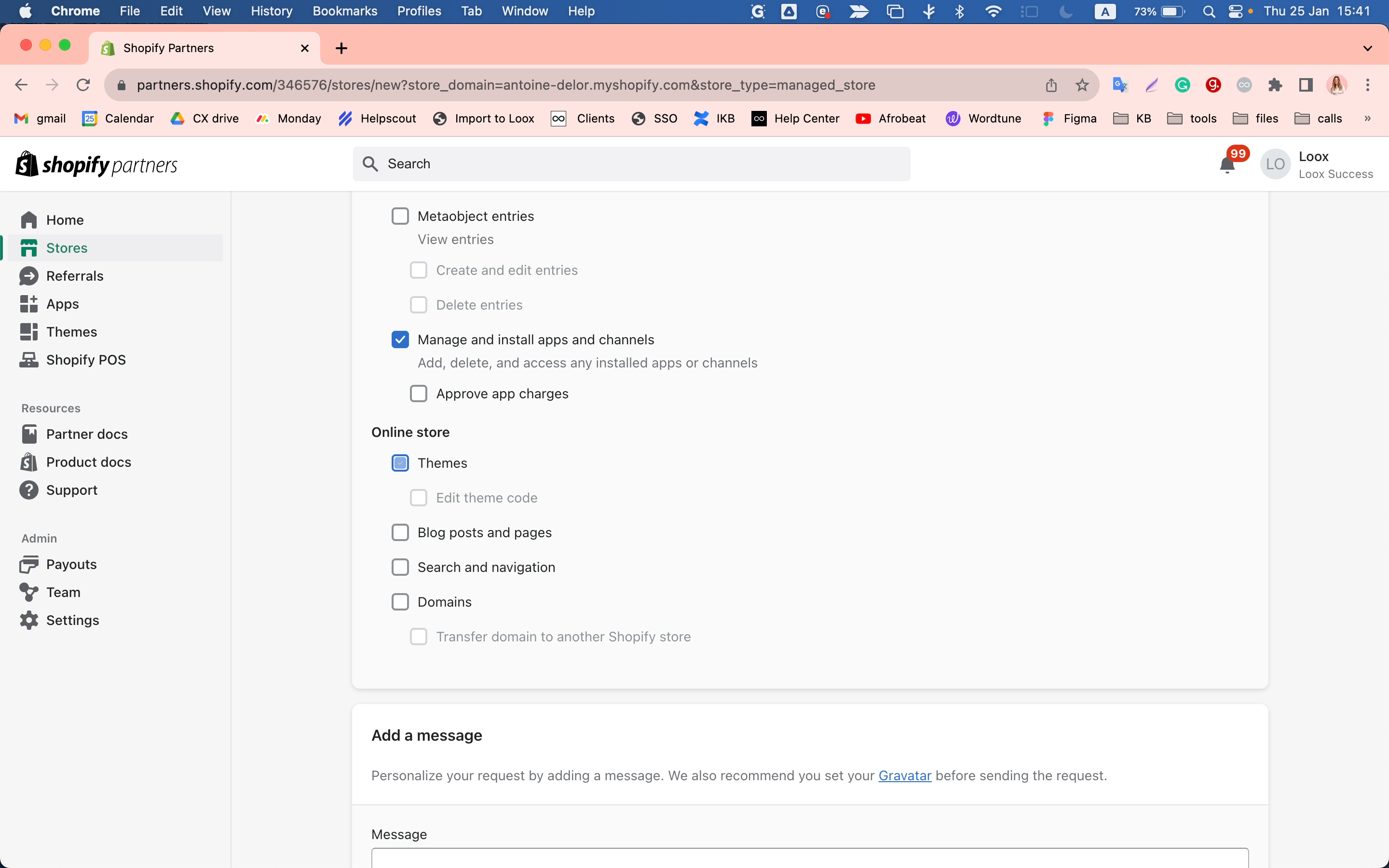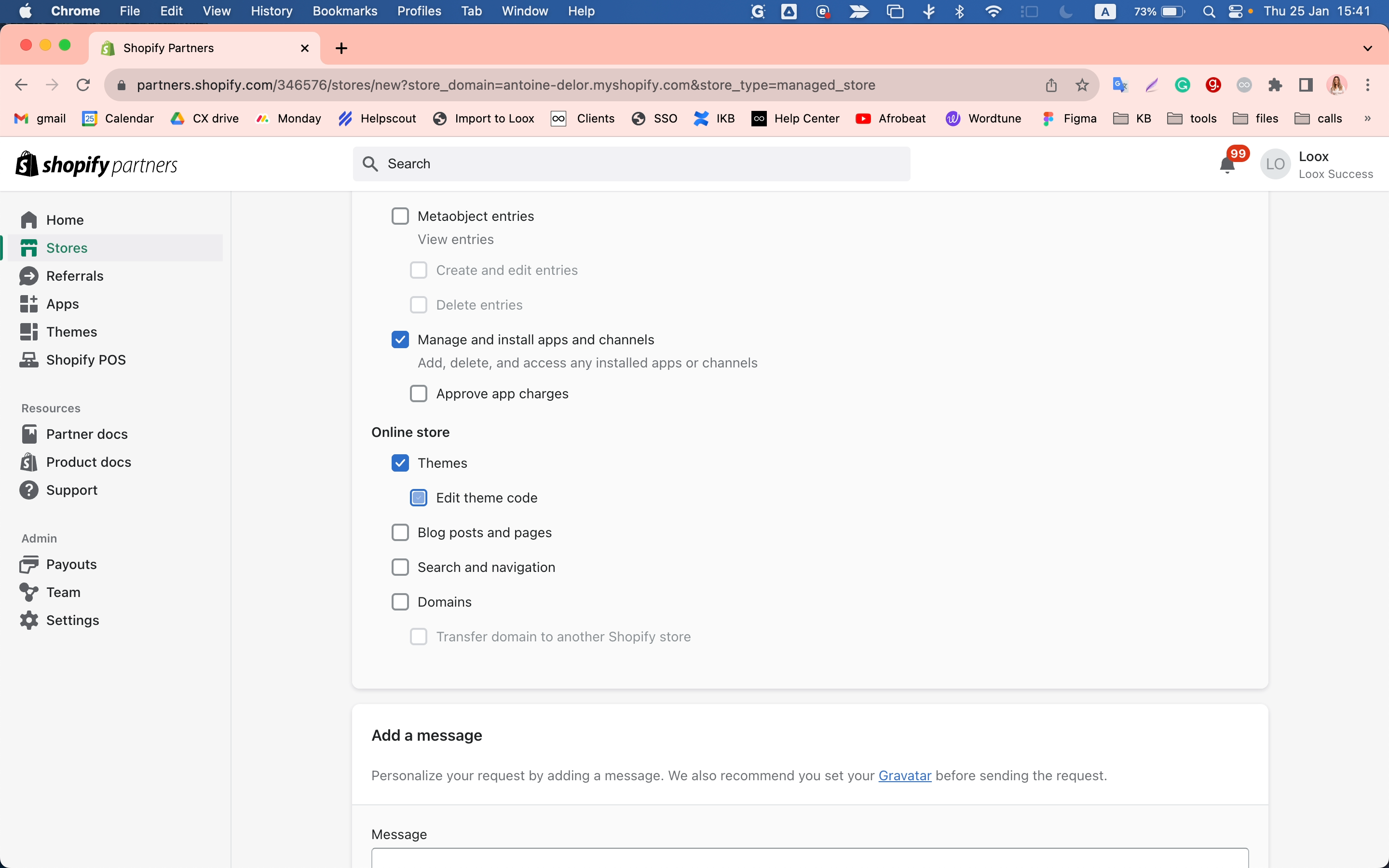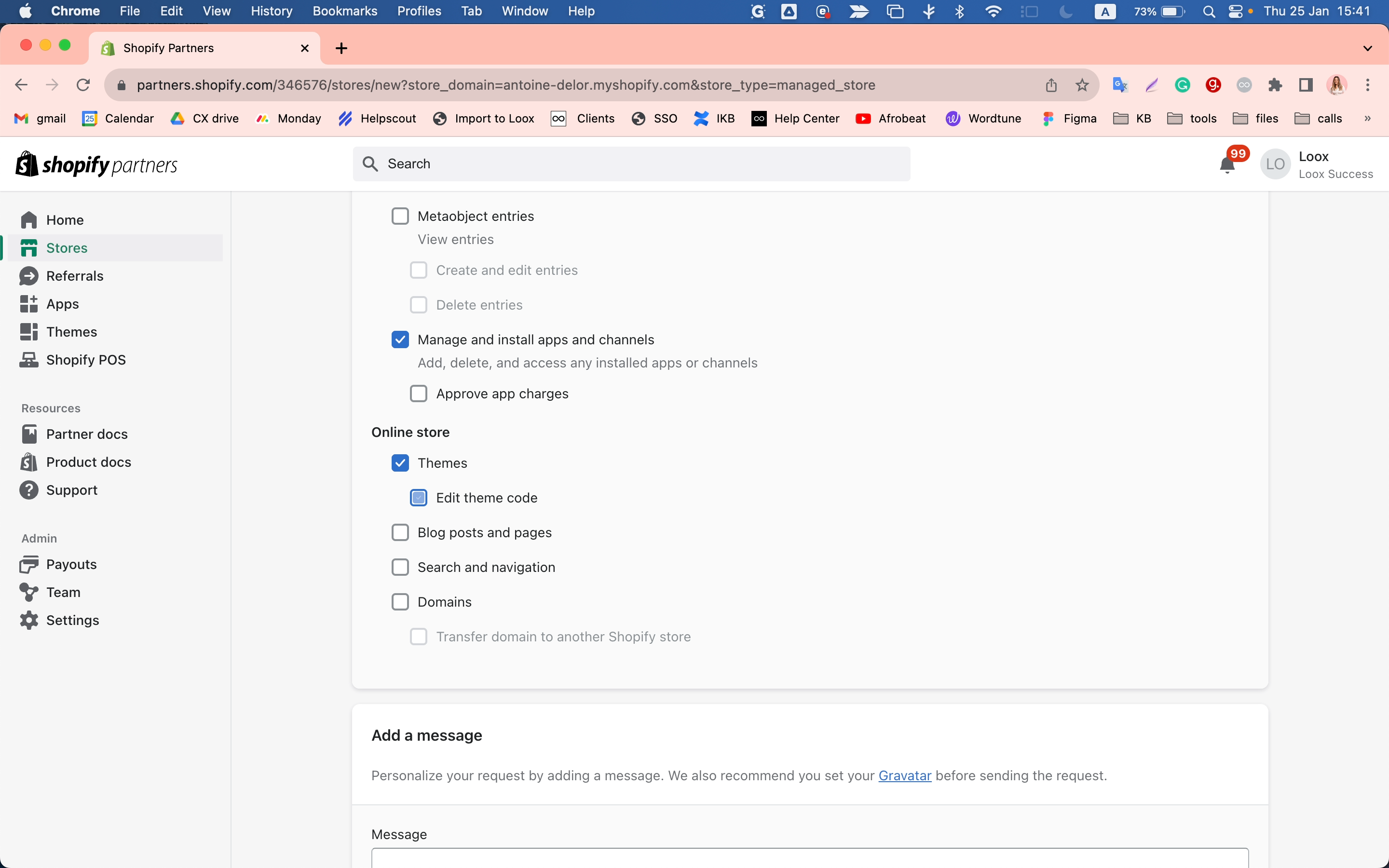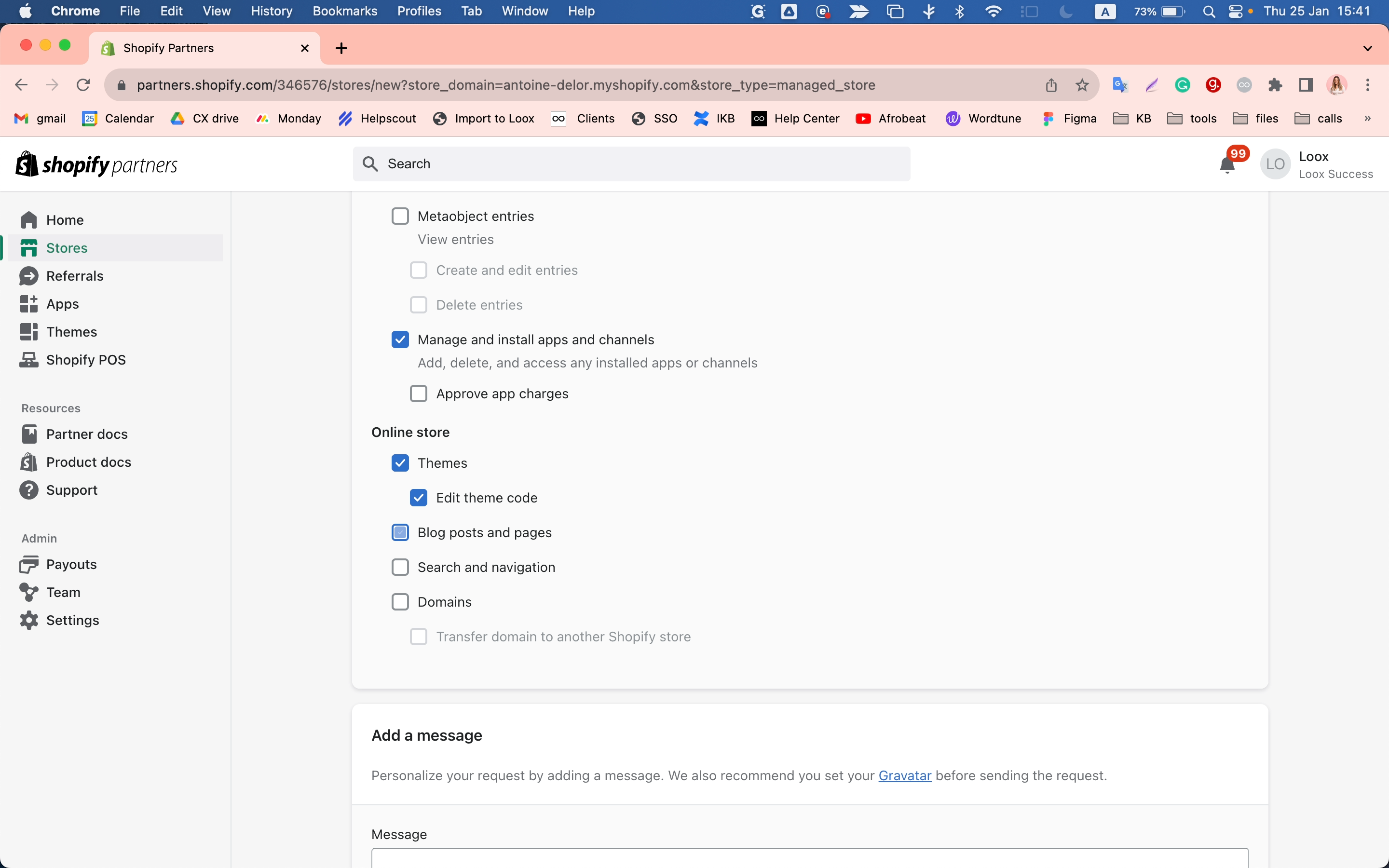Guide on Sending a Collaborator Request via LOOKS
Learn how to send a collaborator request via LOOKS, a platform that allows you to manage and install apps, channels, themes, and blog posts and pages for a specific store.
In this guide, we'll learn how to send a collaborator request via LOOKS, a platform that allows you to manage and install apps, channels, themes, and blog posts and pages for a specific store. This process is crucial for those who wish to collaborate on a project or manage a store on the platform.
Understanding the Importance of Sending a Collaborator Request
Before we delve into the specifics, it's important to understand why sending a collaborator request is necessary. If you're working with a team or need assistance from an expert, sending a collaborator request allows you to grant them access to your store. This way, they can contribute to your project or manage specific aspects of your store, such as installing apps, managing channels, editing theme codes, and managing blog posts and pages.
Identifying the Store and Requesting Access
The first step in this process involves identifying the store you wish to collaborate on. Once you've found the store, you'll need to request access to it. This is a straightforward process that involves clicking on the 'Request Access' button.
Selecting Permissions
After requesting access, you'll need to select the specific permissions you want your collaborator to have. These permissions can range from managing and installing apps and channels to editing theme codes and managing blog posts and pages.
In conclusion, sending a collaborator request via LOOKS is a simple yet crucial process for those who wish to collaborate on a project or manage a store. By following the steps outlined in this guide, you'll be able to successfully send a collaborator request and start working with your team or expert in no time.
